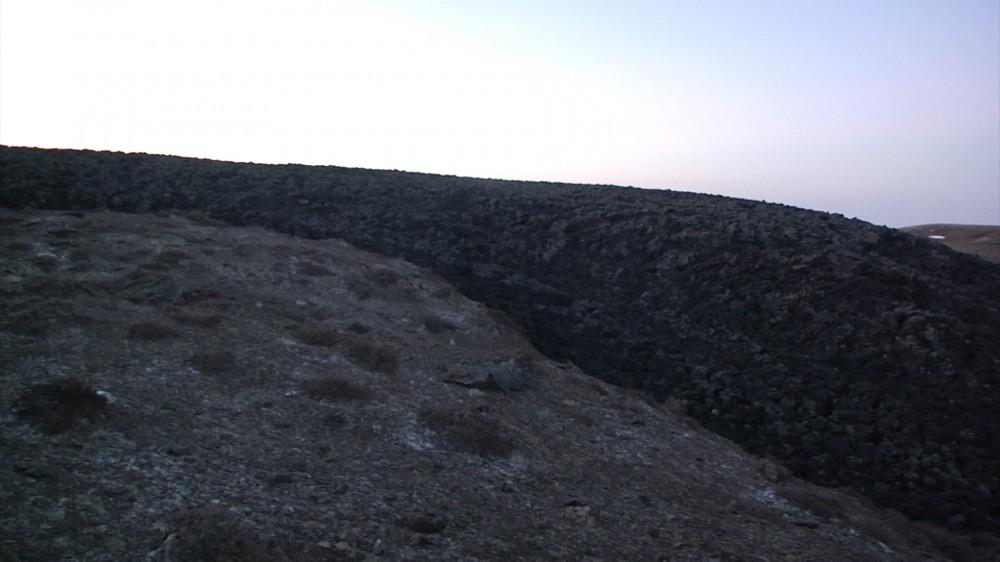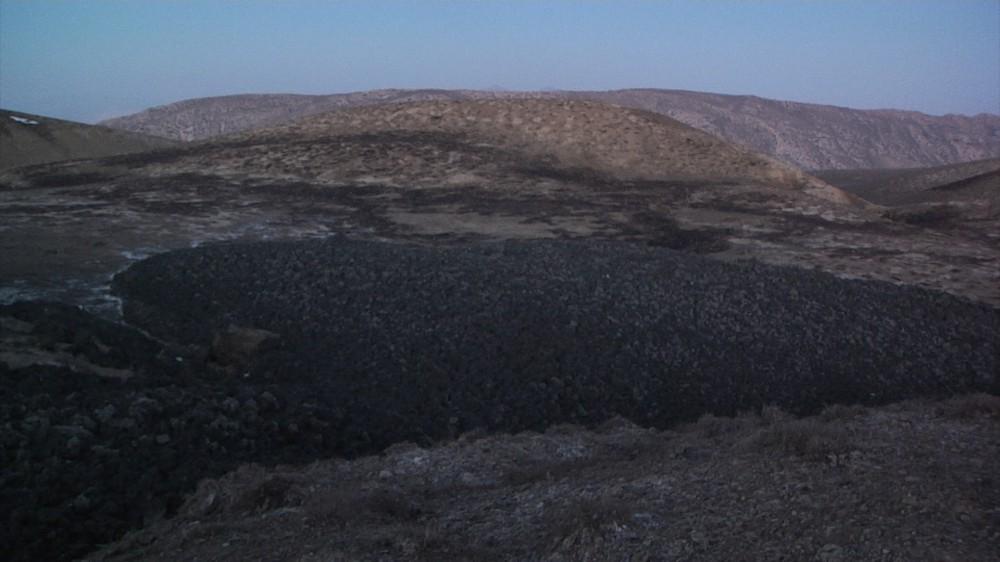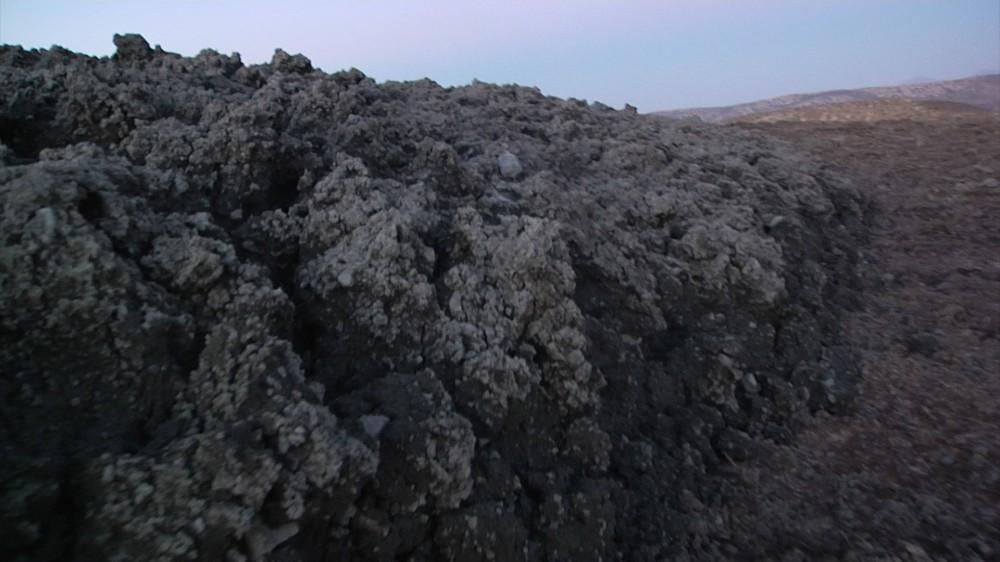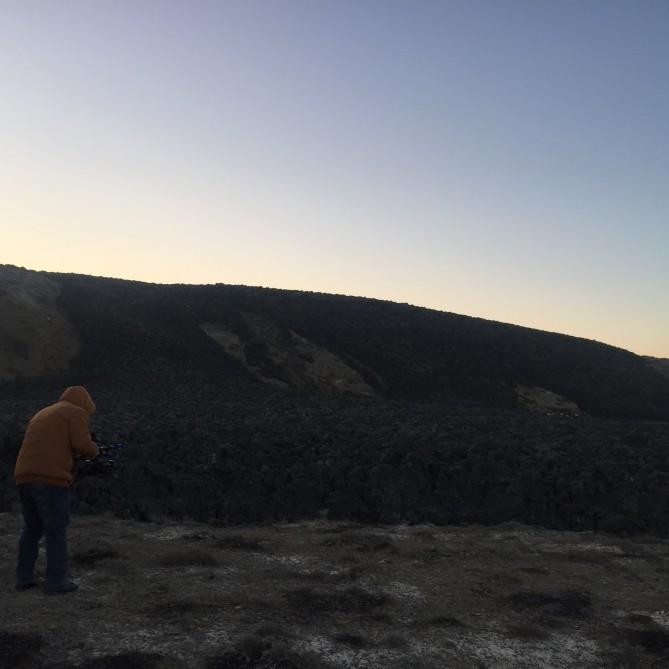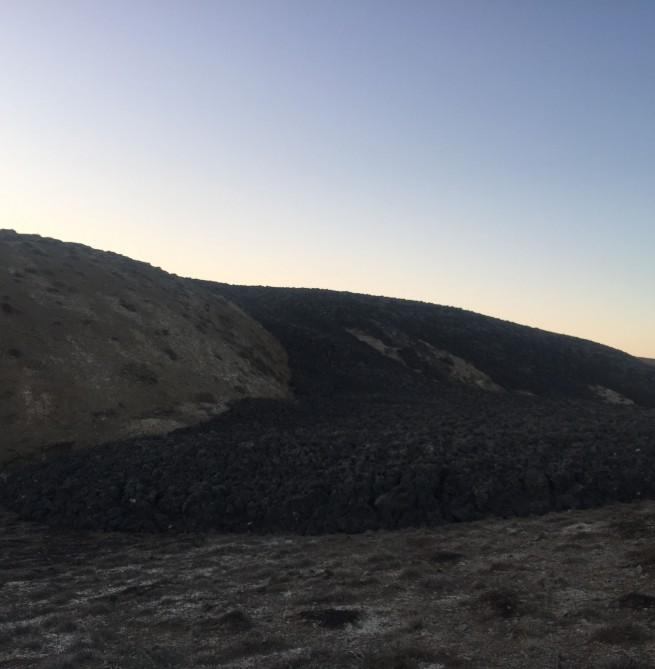One of world's largest mud volcanoes erupted in Baku [PHOTO]
![One of world's largest mud volcanoes erupted in Baku [PHOTO]](https://www.azernews.az/media/2017/02/07/mud_volcano_3.jpg)
By Laman Ismayilova
A mud volcano that erupted in the suburb of Baku on February 6 was the Otman Bozdag volcano, one of the world's largest mud volcanoes.
The Azerbaijan National Academy of Sciences (ANAS) announced that two eruptions were recorded in the territory of the Sangachal settlement, Garadagh district on February 6.
“The first eruption was recorded at 12:20 and the second at 14:18 local time in 31 km north from the Shirvan seismic station of the Republican Seismological Service Center at the ANAS. The first eruption lasted for 3 minutes 23 seconds, and the second eruption lasted 6 minutes.” the ANAS told APA.
The ANAS reported that the second eruption was of the Otman Bozdag volcano, which last erupted 13 years ago, in 2004. This is the 9th eruption of this mud volcano.
"Mud volcanoes," also known as "sedimentary volcanoes" or "gas - oil volcanoes," are close cousins to magmatic volcanoes. These volcanoes can erupt powerfully and hurl flames to great heights, which can reach even several hundred of meters. They spew out millions of cubic meters of hydrocarbon gases and tons of mud, and immediately ignite.
Mud volcanoes also exist on the floor of the sea and can form islands and banks that alter the topography and shape of the coastline and even trigger earthquakes. Over a thousand mud volcanoes are known to exist in the world.
Fortunately mud volcanoes occur away from populated centers and don't usually result in disastrous consequences. The lava, mud, and liquid spewed by mud volcanoes are used as raw materials for chemical and construction industries, as well as pharmacology.
Jeyhun Pashayev, Director of "Group of mud volcanoes of Baku and Absheron peninsula" of the Ecology and Natural Resources Ministry, noted that that the Otman Bozdag volcano is one the world's largest mud volcanoes.
“To date, it has erupted several times with an interval of many years. The last strong eruption was on October 1, 1965,” he told Report.az.
Speaking about the threat of the Otman Bozdag volcano re-eruption, Pashayev said that nothing specific can be said yet. “A large number of small volcanoes are located around the volcano. We can not say anything specific about the re-eruption of Otmanbozdag, but activation of small volcanoes may happen,” he said.
The scientist added that there are no settlements and objects near the Otman Bozdag volcano.
Azerbaijan is a world leader, not only for the number but also for the activity of its volcanoes. Roughly 350 out of over 1000 mud volcanoes in the world are located here. Azerbaijan's mud volcanoes definitely should be part of any tourist's itinerary. Most are located on Absheron, around Baku. There are 100 near the Gobustan Reserve alone. There are another 200 on the islands of the Baku archipelago and in Shamakhi and Shirvan regions, two hours’ drive from Baku.
Mud volcanoes are one of the visible signs of the presence of oil and gas reserves hidden deep beneath land and sea in the Caspian region. Azerbaijan's rich fields of oil and gas condensate such as Lokbatan, Garadagh, Oil Rocks, and Mishovdag were discovered near mud volcanoes.
PHOTO: Azertac
---
Laman Ismayilova is AzerNews’ staff journalist, follow her on Twitter: @Lam_Ismayilova
Follow us on Twitter @AzerNewsAz

